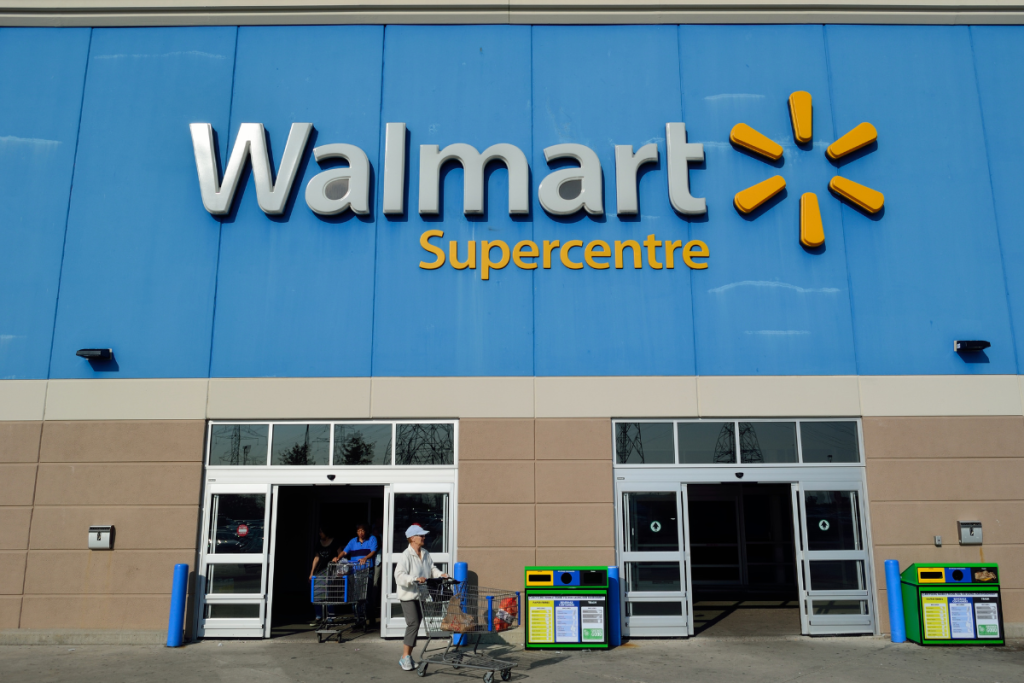Walmart is stepping up its last-mile strategy by launching dark stores in Dallas and Bentonville, compact fulfillment hubs designed to speed up online order delivery without serving in-store shoppers. These mini-warehouses are the latest move in the company’s ongoing push to meet rising consumer expectations around delivery speed and convenience.
Dark Stores Bring Fulfillment Closer to Demand
Unlike traditional Walmart stores, the new dark store sites are closed to the public and operate as dedicated online fulfillment centers stocked with high-demand items. Orders placed online are picked and shipped directly from these locations, trimming delivery time and easing the burden on nearby stores. While the company hasn’t disclosed the full scale of the pilot, it confirmed the Bentonville and Dallas locations are part of a broader strategy to increase fulfillment precision in major metro areas.
This shift aligns with Walmart’s pledge to reach 95% of U.S. households with delivery in three hours or less by the end of 2025. It’s a response to a noticeable behavioral shift: in Q1 2025, 30% of Walmart’s online orders came from customers opting for delivery within three hours, up significantly year over year. Speaking during Walmart’s Q1 2025 earnings call in May, CFO John David Rainey said that the rising demand has improved delivery “batch density,” with orders per trip up 20%, helping to offset the cost of faster fulfillment.
Faster Fulfillment Now Drives Customer Spend
The dark store rollout comes on the heels of several speed-focused logistics updates. Walmart expanded its InHome delivery service to 45 million households in 2024, added prescription deliveries with express options in October, and scaled drone deliveries to five Southeastern cities this June. Additionally, new mapping tools introduced in April helped expand same-day delivery to 12 million more homes.
This logistics transformation is also yielding results. Walmart’s e-commerce operations turned profitable in Q1 2025, with digital sales jumping 21%. Operating income rose to $7.1 billion on revenues of $165.6 billion, up 2.5% year over year. Meanwhile, the retailer continues to monitor headwinds like rising tariffs that are expected to continue putting upward pressure on prices.
More Fragmented, Flexible Retail Network
Walmart’s move toward dark stores reflects a larger industry shift: fulfillment networks are becoming more modular, decentralized, and demand-driven. But the model also raises critical operational questions, including how labor, inventory visibility, and automation will scale across a network of non-customer-facing sites. As more retailers test similar formats, the challenge will be balancing the speed of delivery with the complexity of managing a growing fleet of micro-fulfillment nodes.







